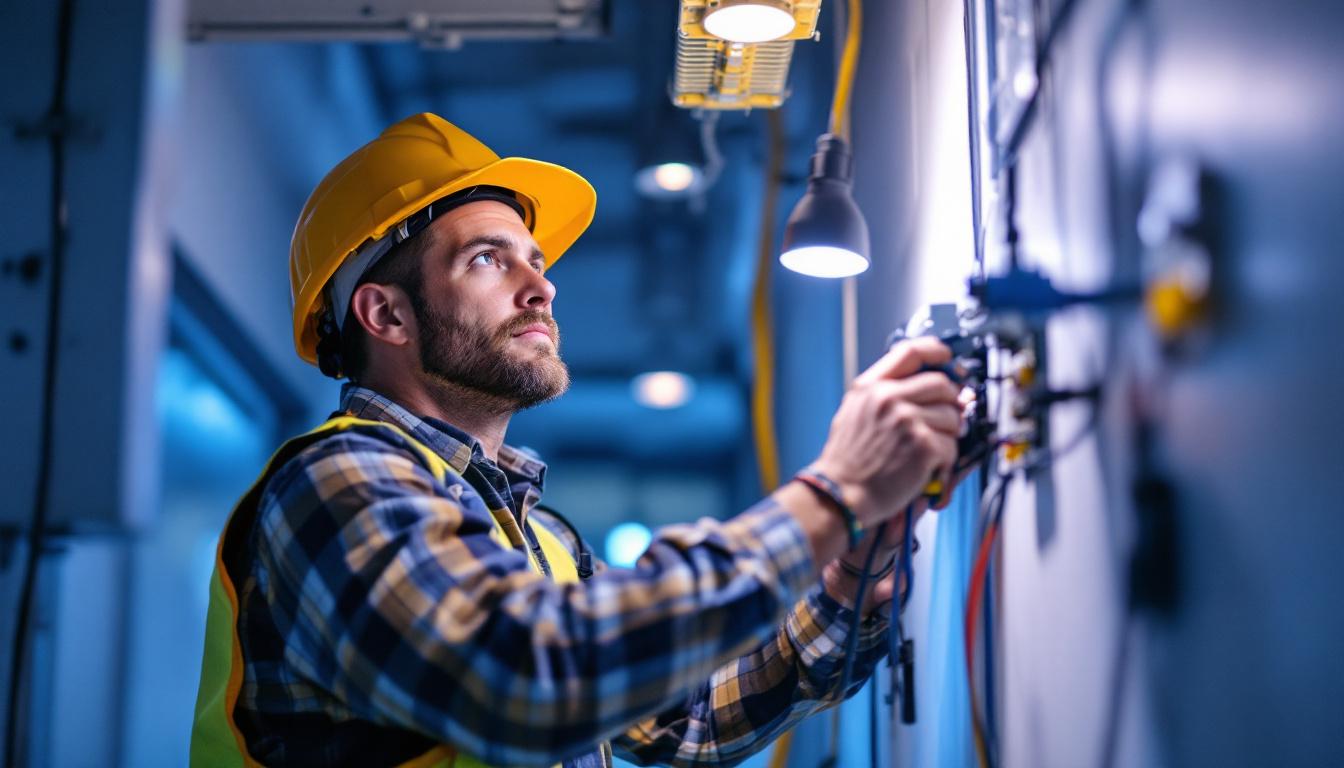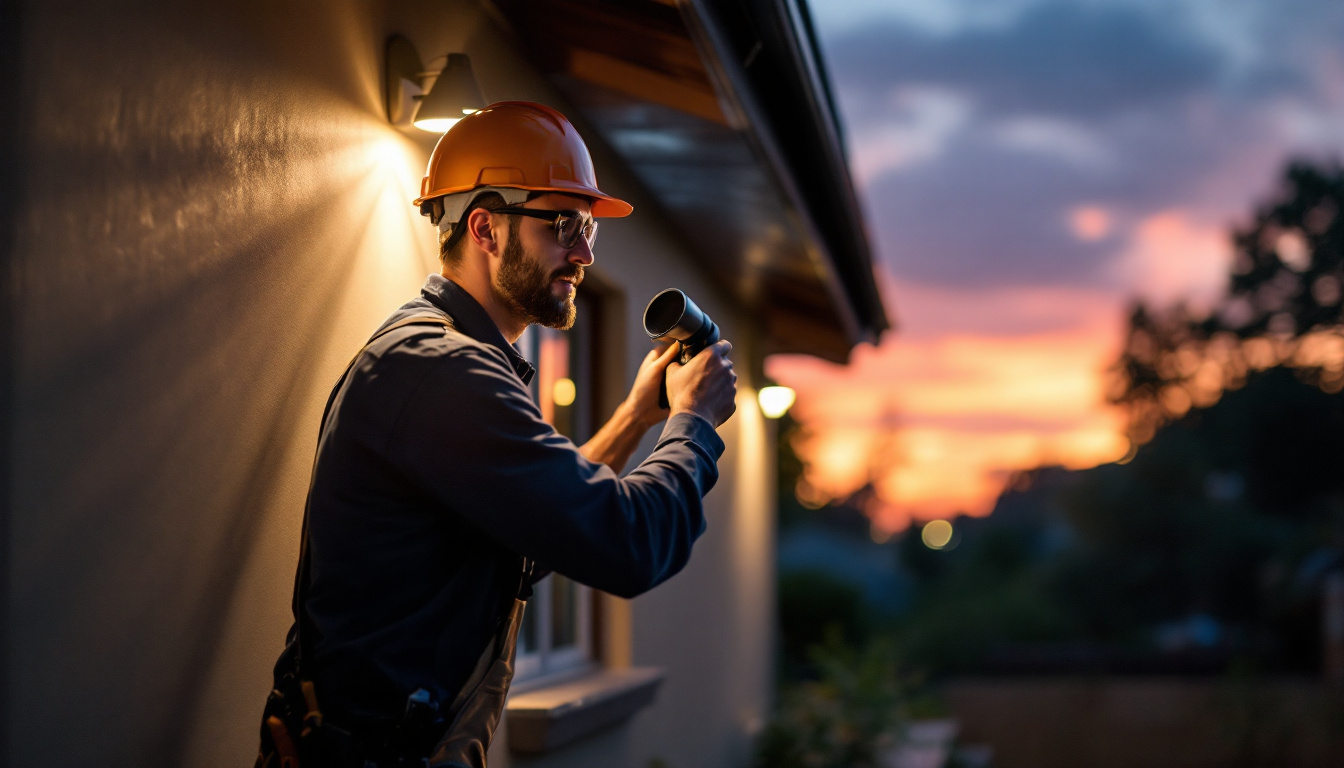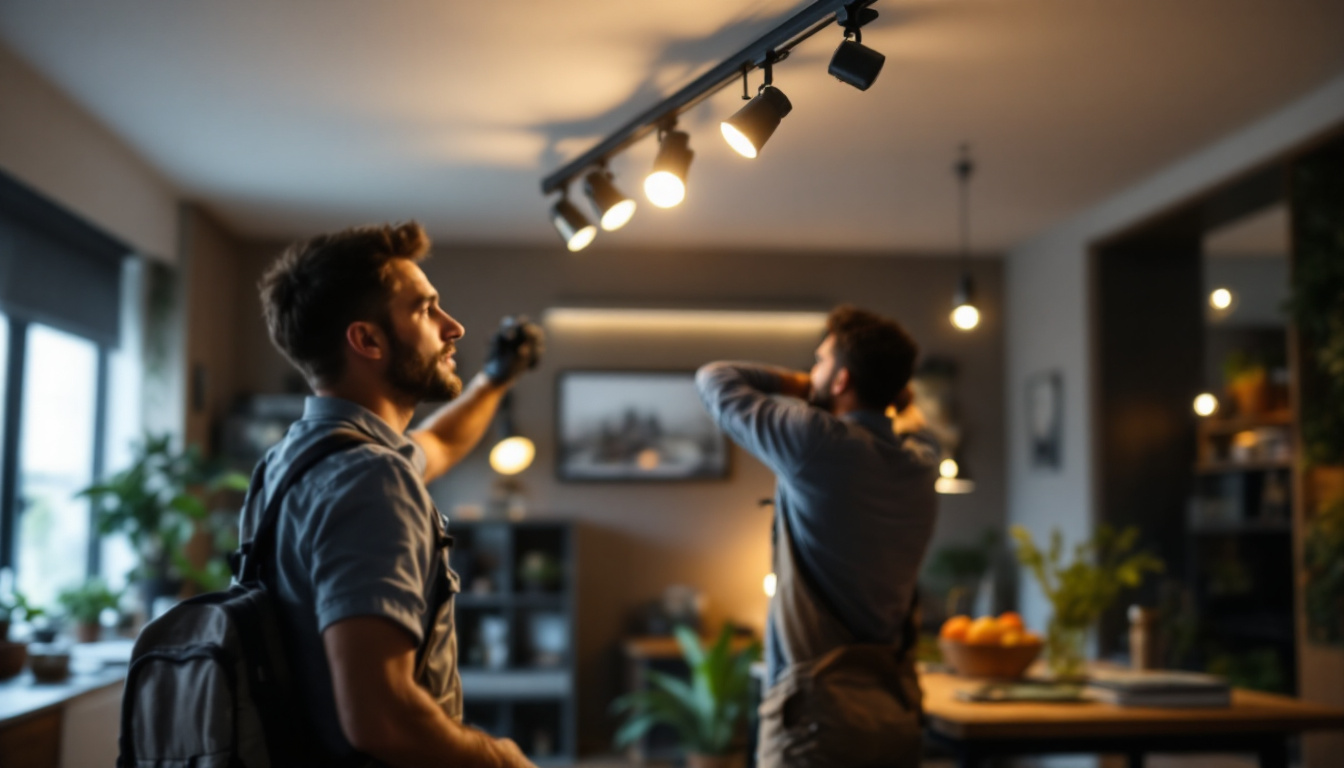
Lighting contractors face a myriad of challenges in their profession, particularly when it comes to navigating the complexities of lighting systems. One of the most significant hurdles is dealing with ballasts, which are essential components in many lighting fixtures. Understanding how to bypass ballasts effectively can enhance efficiency, reduce costs, and improve overall lighting quality. This article delves into the top challenges that lighting contractors encounter when bypassing ballasts and offers insights on how to overcome them.
Before diving into the challenges of bypassing ballasts, it is crucial to understand what they are and their role in lighting systems. Ballasts are devices that regulate the current to fluorescent and HID lamps. They provide the necessary voltage to start the lamp and then control the current during operation. While they are vital for the proper functioning of these lighting systems, they can also be a source of complications for contractors.
With the rise of LED technology, many lighting contractors are now considering bypassing ballasts altogether. This transition can lead to improved energy efficiency and reduced maintenance costs. However, it is not without its challenges, which can vary based on the type of ballast and the specific lighting application. Understanding these challenges is essential for contractors to make informed decisions that align with their clients’ needs and the latest industry standards.
There are primarily two types of ballasts: magnetic and electronic. Magnetic ballasts are older technology and are generally heavier and less efficient. They often require a higher voltage to start the lamp and can be more prone to failure. Additionally, magnetic ballasts can generate a significant amount of heat during operation, which can lead to increased energy costs and potential safety hazards if not properly managed.
On the other hand, electronic ballasts are lighter, more efficient, and offer better performance. They can operate at lower voltages and provide flicker-free lighting. Understanding the differences between these types is essential for contractors looking to bypass ballasts, as the approach may differ based on the ballast type. Furthermore, electronic ballasts often come equipped with features such as dimming capabilities and compatibility with smart lighting systems, making them a more versatile option for modern installations.
Bypassing ballasts can lead to several benefits, including reduced energy consumption, longer lamp life, and lower maintenance costs. LED lamps, for instance, can operate directly from line voltage, eliminating the need for a ballast. This not only simplifies the installation process but also enhances the overall performance of the lighting system. As a result, many businesses and homeowners are opting for LED retrofits, which can significantly lower their electricity bills and carbon footprint.
Moreover, bypassing ballasts can reduce the risk of ballast failure, which is a common issue in older lighting systems. By removing the ballast, contractors can create a more reliable and efficient lighting solution for their clients. This shift not only improves the longevity of the lighting fixtures but also contributes to a more sustainable approach to lighting design. Additionally, with the growing emphasis on energy efficiency and environmental responsibility, many municipalities offer incentives for upgrading to LED systems, making the decision to bypass ballasts even more appealing for contractors and their clients alike.
While the benefits of bypassing ballasts are clear, lighting contractors often face several challenges in the process. Understanding these challenges is crucial for successful implementation and client satisfaction.
One of the primary challenges when bypassing ballasts is ensuring electrical compatibility. Not all fixtures are designed to operate without a ballast, and attempting to bypass them without proper knowledge can lead to electrical failures or even hazards.
Contractors must carefully assess the existing wiring and ensure that the fixtures can handle the direct voltage supplied by the LED lamps. This may involve upgrading wiring or making modifications to the fixture itself, which can add time and complexity to the project. Additionally, the type of LED lamp being used can also affect compatibility; for instance, some LED tubes are designed specifically for ballast bypass, while others may require a different approach. Understanding these nuances is essential for a successful installation.
Another significant challenge is navigating regulatory compliance. Many regions have specific codes and standards governing electrical installations, including lighting systems. Bypassing ballasts may not always align with these regulations, leading to potential legal issues.
Contractors must stay informed about local codes and ensure that any modifications made during the bypassing process comply with safety standards. This may require additional inspections or permits, which can prolong project timelines and increase costs. Furthermore, failing to adhere to these regulations can result in fines or the need for costly rework, emphasizing the importance of thorough research and planning before undertaking such projects.
Educating clients about the benefits and potential drawbacks of bypassing ballasts is essential. Many clients may not be familiar with the technical aspects of lighting systems and may have preconceived notions about the necessity of ballasts.
Contractors must take the time to explain the process, benefits, and any potential risks involved. Setting realistic expectations can help prevent misunderstandings and ensure client satisfaction. Providing clear documentation and warranty information can also enhance trust and transparency in the contractor-client relationship. Additionally, offering demonstrations or case studies of previous successful bypass projects can help clients visualize the benefits and build confidence in the contractor’s expertise. This proactive approach not only fosters a positive working relationship but also positions the contractor as a knowledgeable resource in the field, paving the way for future projects and referrals.
Despite the challenges, bypassing ballasts can be a straightforward process when approached methodically. Here are some essential steps that lighting contractors can follow to ensure a successful bypass.
The first step in bypassing ballasts is to assess the existing fixtures. This involves examining the type of ballast currently in use, the wiring configuration, and the compatibility of the fixtures with LED technology. Contractors should take detailed notes and photographs to document the existing setup.
Understanding the specific requirements of the new LED lamps is also crucial. Contractors should refer to the manufacturer’s specifications to ensure that the new lamps can operate safely and efficiently without a ballast.
Once the assessment is complete, contractors should prepare for installation. This includes gathering the necessary tools and materials, such as wire connectors, electrical tape, and safety equipment. Proper preparation can help streamline the installation process and minimize potential issues.
It is also advisable to create a detailed plan outlining the steps involved in the bypassing process. This plan should include safety precautions, wiring diagrams, and a timeline for completion. Having a clear roadmap can help contractors stay organized and focused during the installation.
When executing the bypass, safety should be the top priority. Contractors must ensure that the power is turned off before beginning any work. Following the wiring diagram and manufacturer’s instructions, contractors can carefully remove the ballast and connect the LED lamps directly to the line voltage.
Once the connections are made, it is essential to double-check all wiring to ensure that there are no loose connections or exposed wires. After confirming that everything is secure, contractors can restore power and test the new lighting system to ensure it operates correctly.
After successfully bypassing the ballast, there are several post-installation considerations that contractors should keep in mind. These include testing, documentation, and ongoing maintenance.
Testing is a critical step in the post-installation process. Contractors should thoroughly test the new lighting system to ensure that all fixtures are functioning correctly and providing the desired light output. This may involve adjusting the positioning of fixtures or making minor tweaks to optimize performance.
It is also advisable to conduct a thorough inspection of the wiring and connections to ensure that there are no issues that could lead to future problems. Addressing any concerns promptly can prevent costly repairs down the line.
Providing clients with comprehensive documentation is essential for maintaining transparency and trust. This documentation should include information about the bypassing process, warranty details for the new LED lamps, and any maintenance recommendations.
Contractors should also communicate with clients about the benefits of the new system, such as energy savings and improved lighting quality. Keeping clients informed can enhance their satisfaction and may lead to future referrals or repeat business.
Finally, ongoing maintenance and support are crucial for ensuring the longevity of the new lighting system. Contractors should offer clients guidance on how to care for their new LED fixtures and what to do in case of any issues.
Establishing a follow-up schedule for routine maintenance checks can also be beneficial. This proactive approach can help identify potential problems early and ensure that the lighting system continues to operate at peak efficiency.
Bypassing ballasts presents both challenges and opportunities for lighting contractors. While understanding the complexities involved is essential, the benefits of improved energy efficiency and reduced maintenance costs make it a worthwhile endeavor.
By following a systematic approach, from assessing existing fixtures to ensuring compliance and providing client education, contractors can successfully navigate the process of bypassing ballasts. Ultimately, this can lead to enhanced client satisfaction and a stronger reputation in the lighting industry.
Ready to tackle the challenges of bypassing ballasts and elevate your lighting projects? Look no further than LumenWholesale for all your lighting needs. Our extensive selection of spec-grade lighting products is designed to meet the highest industry standards, ensuring you deliver reliable and high-performance solutions to your clients. With unbeatable wholesale prices and the convenience of free shipping on bulk orders, you can trust LumenWholesale to provide premium lighting without the premium price tag. Make the smart choice for your business and experience the best value in wholesale lighting today.

Discover how top lighting contractors leverage advanced occupancy sensors to enhance energy efficiency and smart building solutions.

Discover how dusk to dawn exterior lights can transform your projects by enhancing efficiency and reducing energy costs.

Discover the secrets to mastering track lighting kits with insights tailored for lighting contractors.

Explore the fascinating evolution of ceiling light fixtures for bedrooms, from traditional designs to modern innovations.